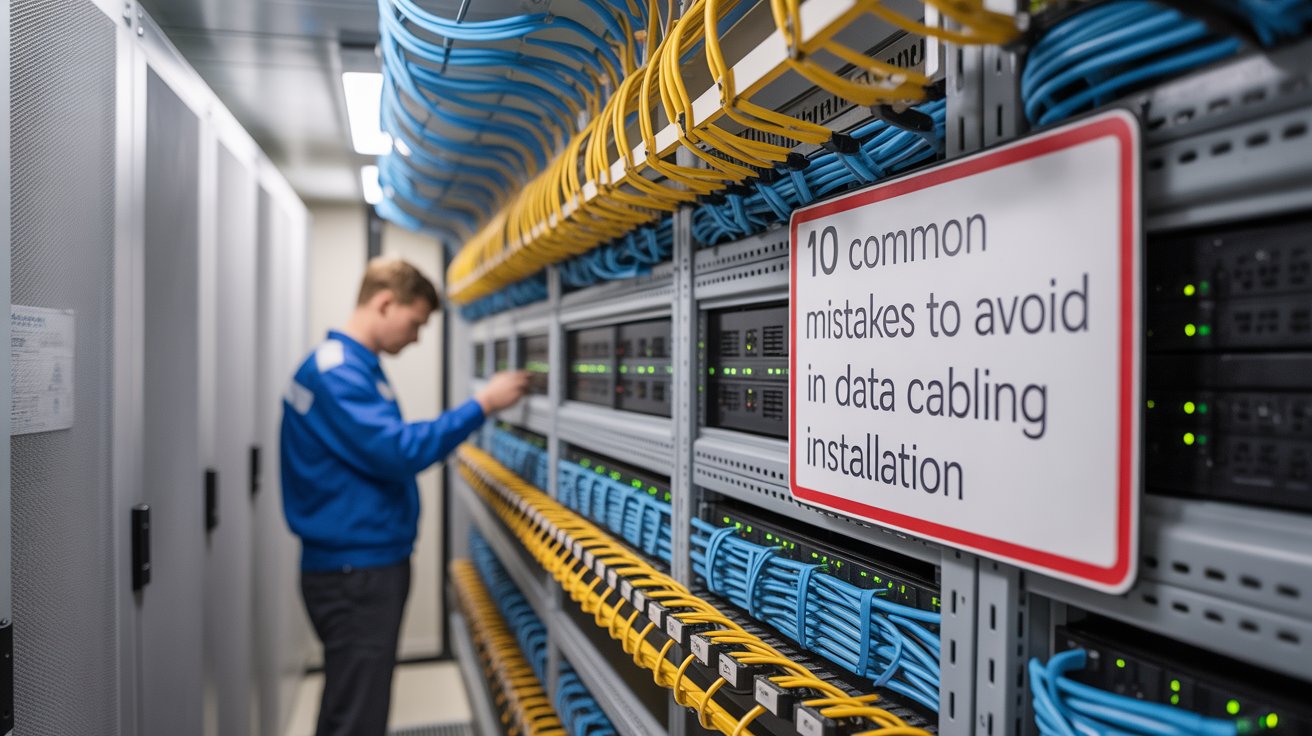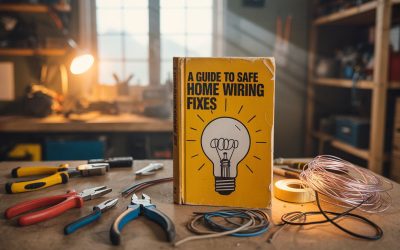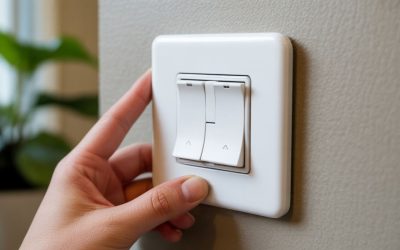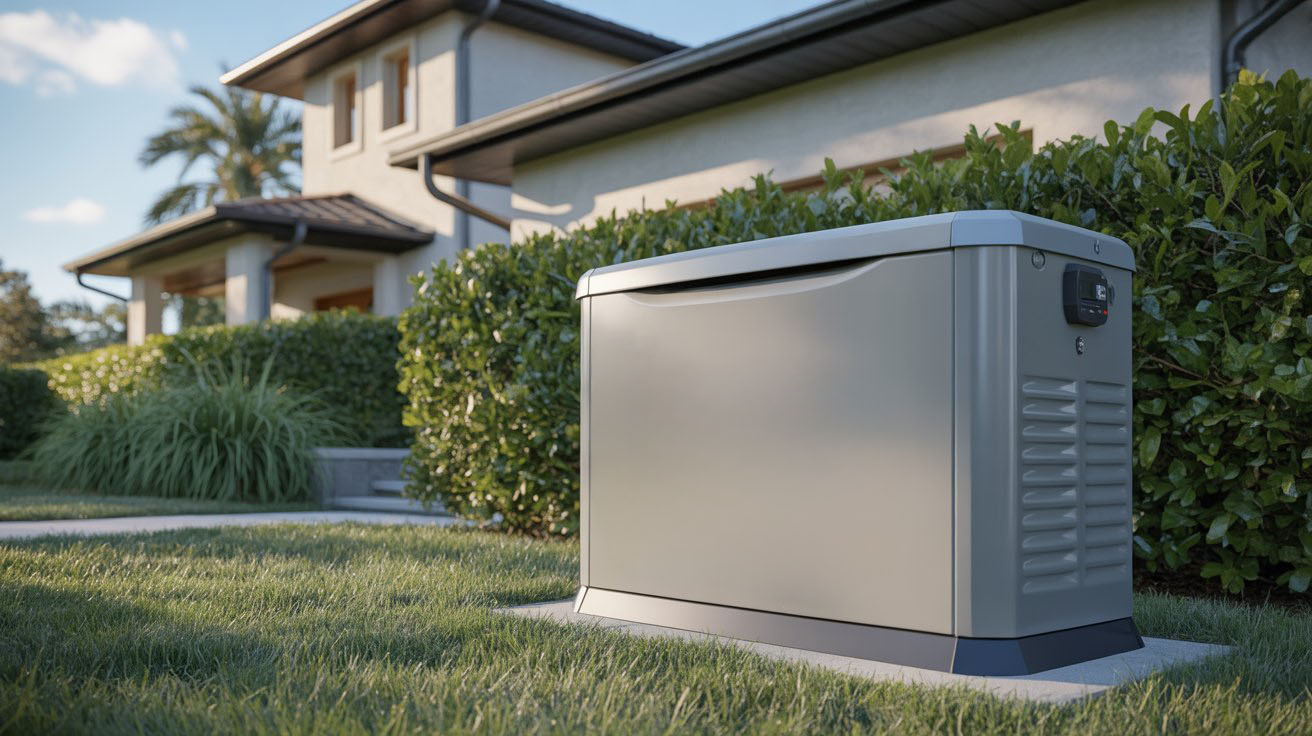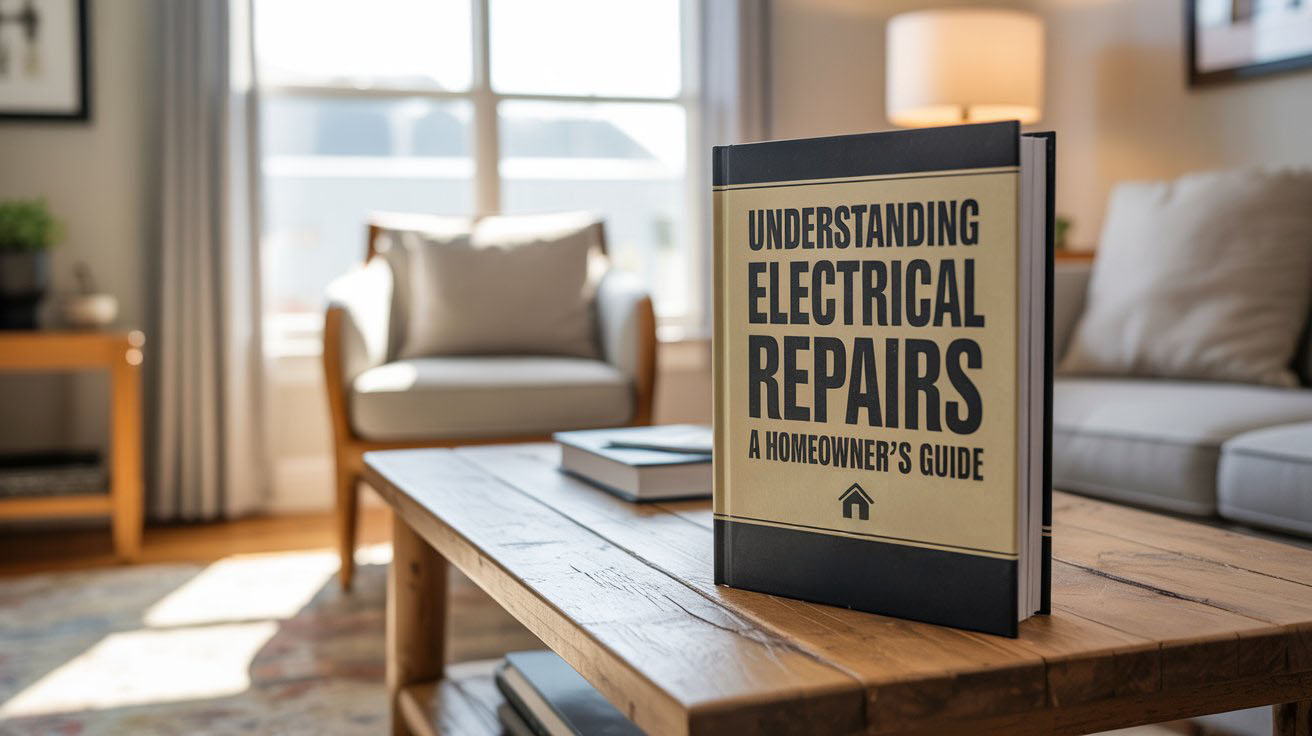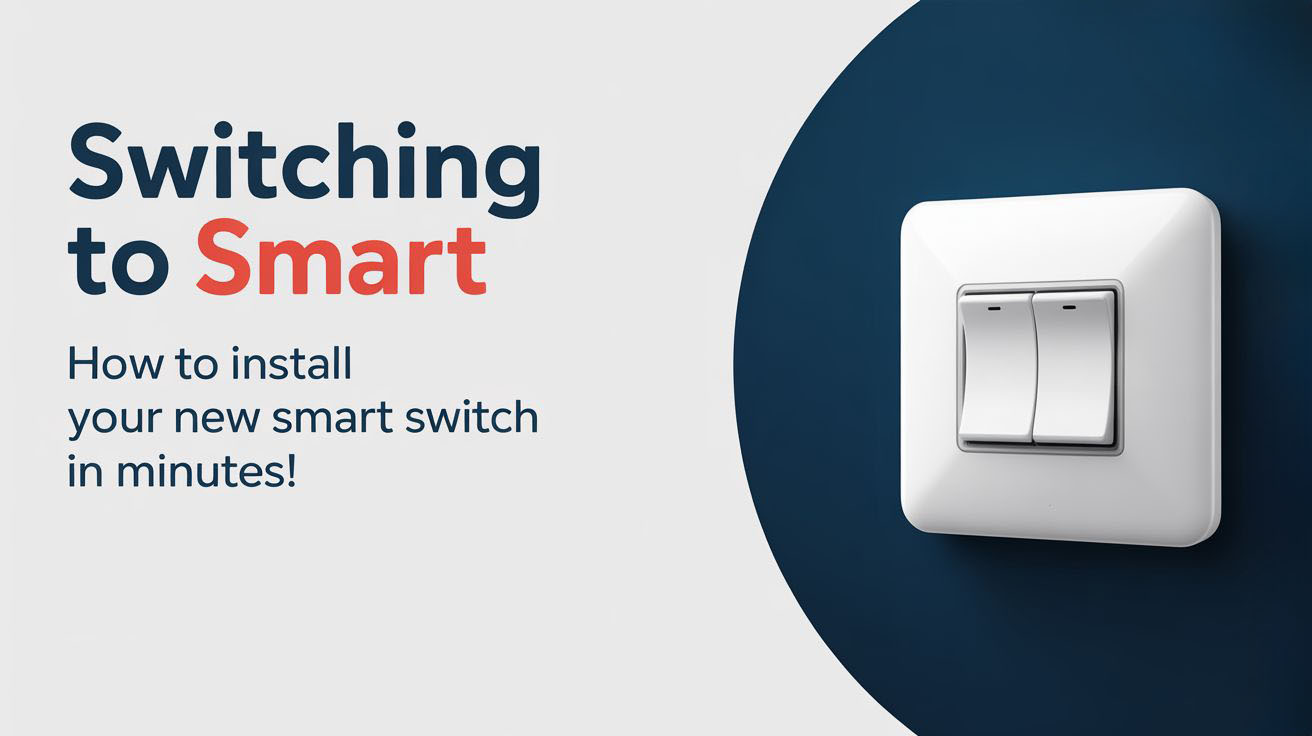Data cabling installation is a critical aspect of modern electrical work, providing the foundation for efficient communication and connectivity. Ensuring that your cabling meets industry standards keeps your network running smoothly and minimizes costly issues down the line. By avoiding common mistakes in the installation process, you can enhance performance and longevity.
Table of Contents
- Using Poor Quality Cables
- Ignoring the Environment
- Neglecting Cable Management
- Overloading Cabling Systems
- Failing to Test Connections
- Inadequate Documentation
- Disregarding Local Codes
- Using Incorrect Tools
- Improper Labeling
- Skipping Professional Help
Using Poor Quality Cables
The type of cable you use for installation can significantly affect performance. Low-quality cables may not transmit data efficiently, leading to slower connections and errors. Always choose high-quality cables that meet or exceed your network requirements.
It’s wise to look for reputable brands and check for compliance with industry standards. Investing in better cables will save you money in the long run by reducing the likelihood of failures and the need for replacements.
Ignoring the Environment
Environmental conditions can impact the performance of your cabling system. Factors like temperature, moisture, and exposure to chemicals should be considered during installation. For instance, indoor cables should not be used outdoors, as they may not withstand weather conditions.
Before installing data cables, assess the environment to select the right cable type. Outdoor-rated cables are designed to endure harsher conditions, adding longevity to your setup.
Neglecting Cable Management
Good cable management improves not only appearance but also function. Poorly organized cables can create clutter, making it difficult to troubleshoot problems. Tangles and bends can lead to damaged cables or interference with data transmission.
Use cable trays, ties, and labels to keep everything organized. Proper management makes future upgrades and maintenance easier and ensures that every cable performs optimally.
Overloading Cabling Systems
Installing too many devices on a single cable can lead to overloading, which may compromise performance. It’s essential to know the limits of your cables and equipment. Each data cable has a maximum data load it can handle efficiently.
Plan your installation carefully. Distributing the load across multiple cables helps maintain performance and minimizes the chance of issues. Keeping track of how many devices are connected to each cable can prevent future trouble.
Failing to Test Connections
After installation, it’s crucial to test the connections thoroughly. Unchecked cables can create problems that may not become apparent until much later. Regular testing ensures that every section of your network is functioning correctly.
Employ tools like cable testers to check for faults in the wiring, ensuring that you catch problems early. Testing connections before finalizing your setup allows you to address issues without hassle.
Inadequate Documentation
Documentation is often overlooked but is necessary for efficient cable management. Noting down details about cable types, lengths, and locations can significantly ease future maintenance. Inadequate documentation can lead to confusion, especially during troubleshooting.
Track everything in an organized manner, creating a map of your cable layout. This not only helps in repairs but also assists in designing future upgrades.
Disregarding Local Codes
Local codes and regulations govern electrical installations, including data cabling. Ignoring these rules can lead to safety hazards and legal issues. Not meeting code requirements may also result in costly penalties and delays in project completion.
Always familiarize yourself with local regulations before starting any installation. This ensures that your installation is safe, compliant, and ready for inspections.
Using Incorrect Tools
The right tools are essential for efficient data cabling installation. Using incorrect or subpar tools can lead to improper connections and a greater risk of damage. Investing in quality tools ensures that you work effectively and safely.
Ensure you have essential tools ready, such as cable cutters, strippers, and crimpers. Each tool serves a specific purpose and can enhance the overall quality of your installation.
Improper Labeling
Labeling cables is often a small detail that can have a big impact. Without proper labels, identifying and troubleshooting issues may take extra time and effort. A well-labeled setup allows for quick identification and maintenance.
Use clear and consistent labeling systems. Mark both ends of the cables to streamline future changes and troubleshooting tasks.
Skipping Professional Help
While DIY installations can be tempting, professional help often pays off in the long run. Professional electricians bring experience and expertise that can increase the reliability of your network. Ignoring this option may lead you to make mistakes that could cost you more than hiring a professional in the first place.
A licensed electrician can ensure all local codes are followed, if all necessary equipment is compatible, and that everything is tested thoroughly post-installation.
Key Takeaways
- Choose high-quality cables for better performance.
- Consider environmental factors during installation.
- Implement good cable management practices.
- Know the limits of your cabling system to avoid overload.
- Test all connections thoroughly after installation.
- Document your installation for easier maintenance.
- Stay informed about local codes and regulations.
- Use the right tools for the job.
- Label cables clearly to simplify troubleshooting.
- Don’t hesitate to hire professionals for complex installations.
FAQ
What type of cable should I use for data cabling?
Use cables that meet your network’s specific requirements, such as Cat5e or Cat6 for Ethernet connections. Always choose quality brands to ensure reliability.
Is it necessary to test connections after installation?
Yes, testing connections is crucial to ensure everything works correctly. It can save time and prevent future issues.
Can I install data cables myself?
While DIY is possible, hiring a professional can ensure safety and compliance with local codes. It’s advisable for complex installations.
How can I maintain my data cabling system?
Keep cables organized, conduct regular tests, and update documentation to help maintain your network’s efficiency.
What should I do if I encounter issues with my cabling system?
Start by troubleshooting the connections and referencing your documentation. If problems persist, consulting a professional electrician is recommended.
Schedule Your Electrical Service Today
Taking the right steps during data cabling installation can enhance your network’s performance and longevity. If you’re facing any challenges or just want to ensure a flawless installation, professional help is always available. Don’t settle for less than the best—reach out for quality electrical services. Click to Contact Us today and ensure a reliable data cabling system for your needs!

